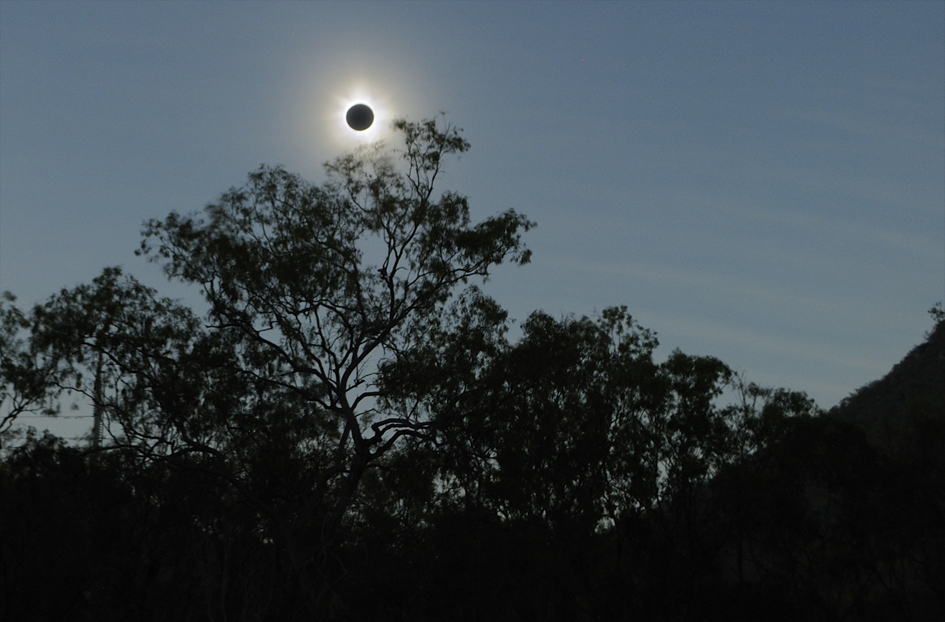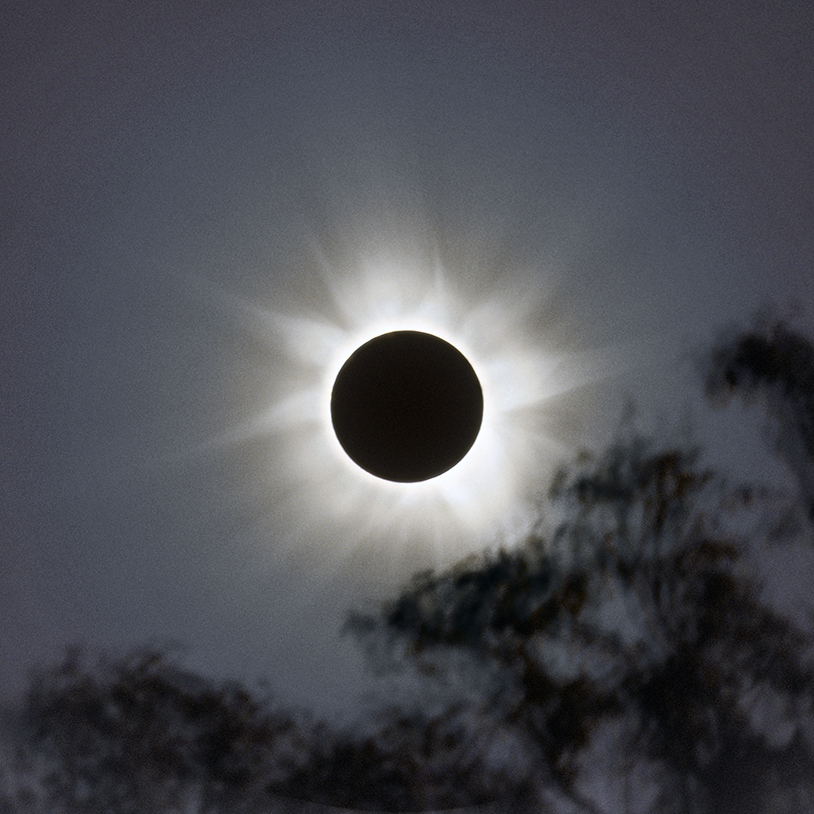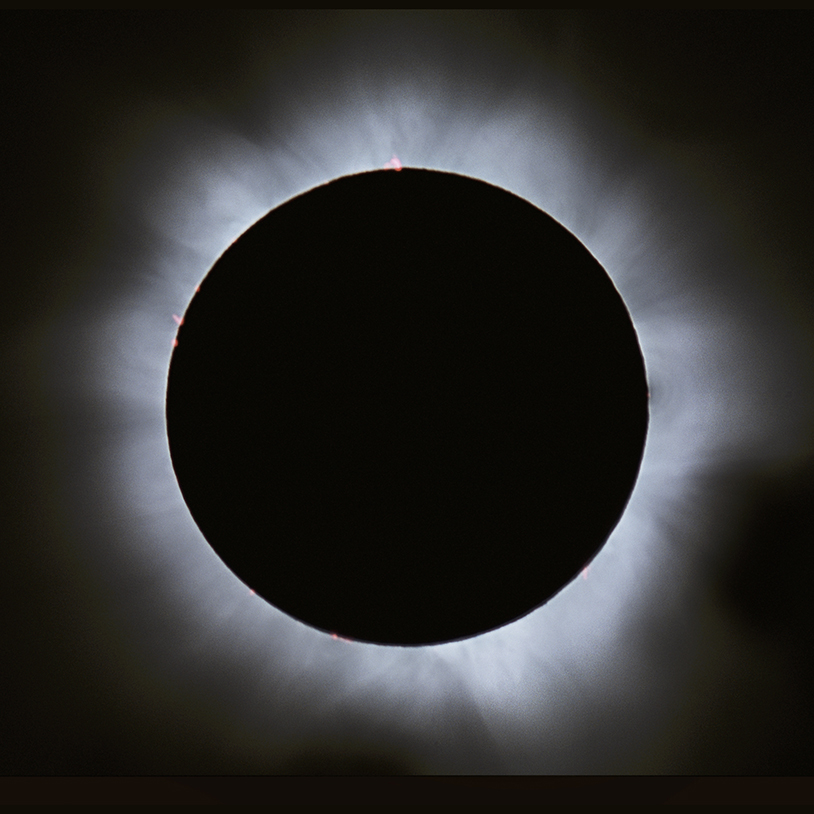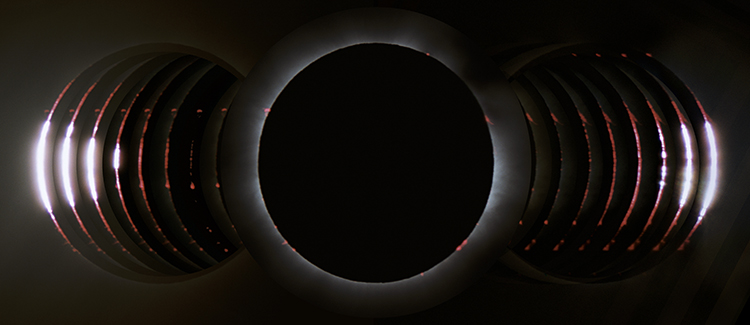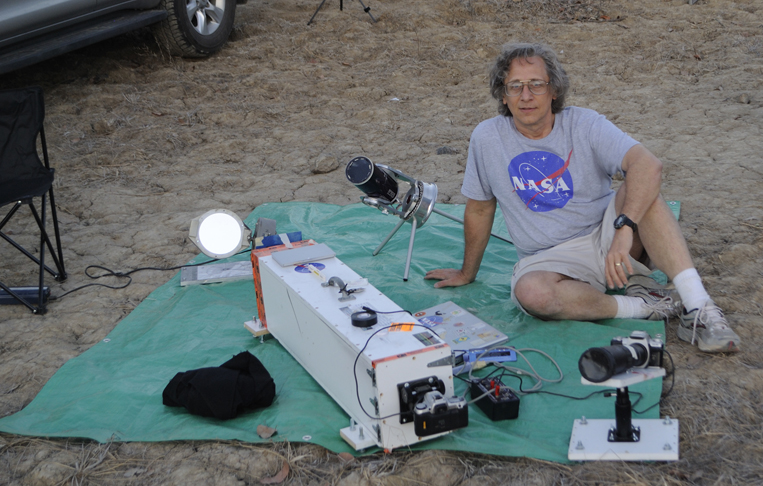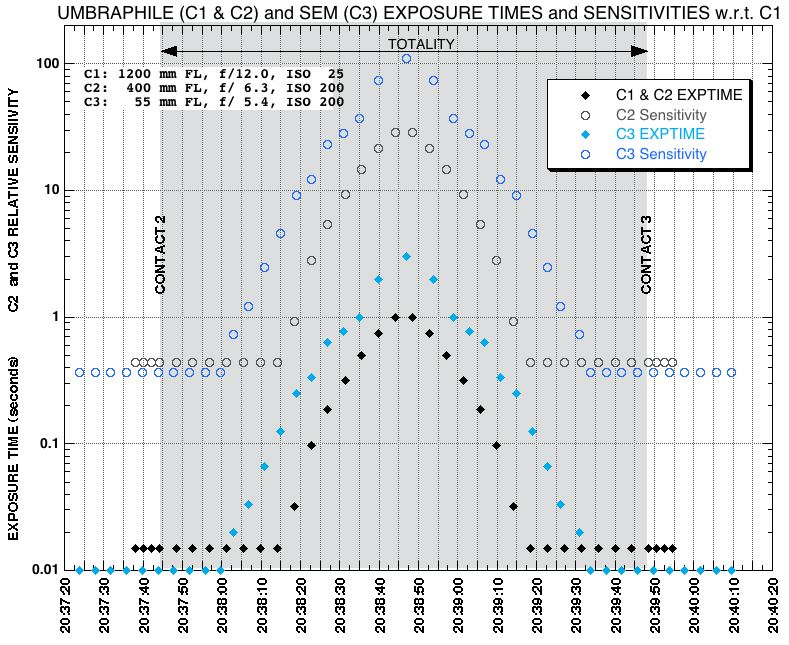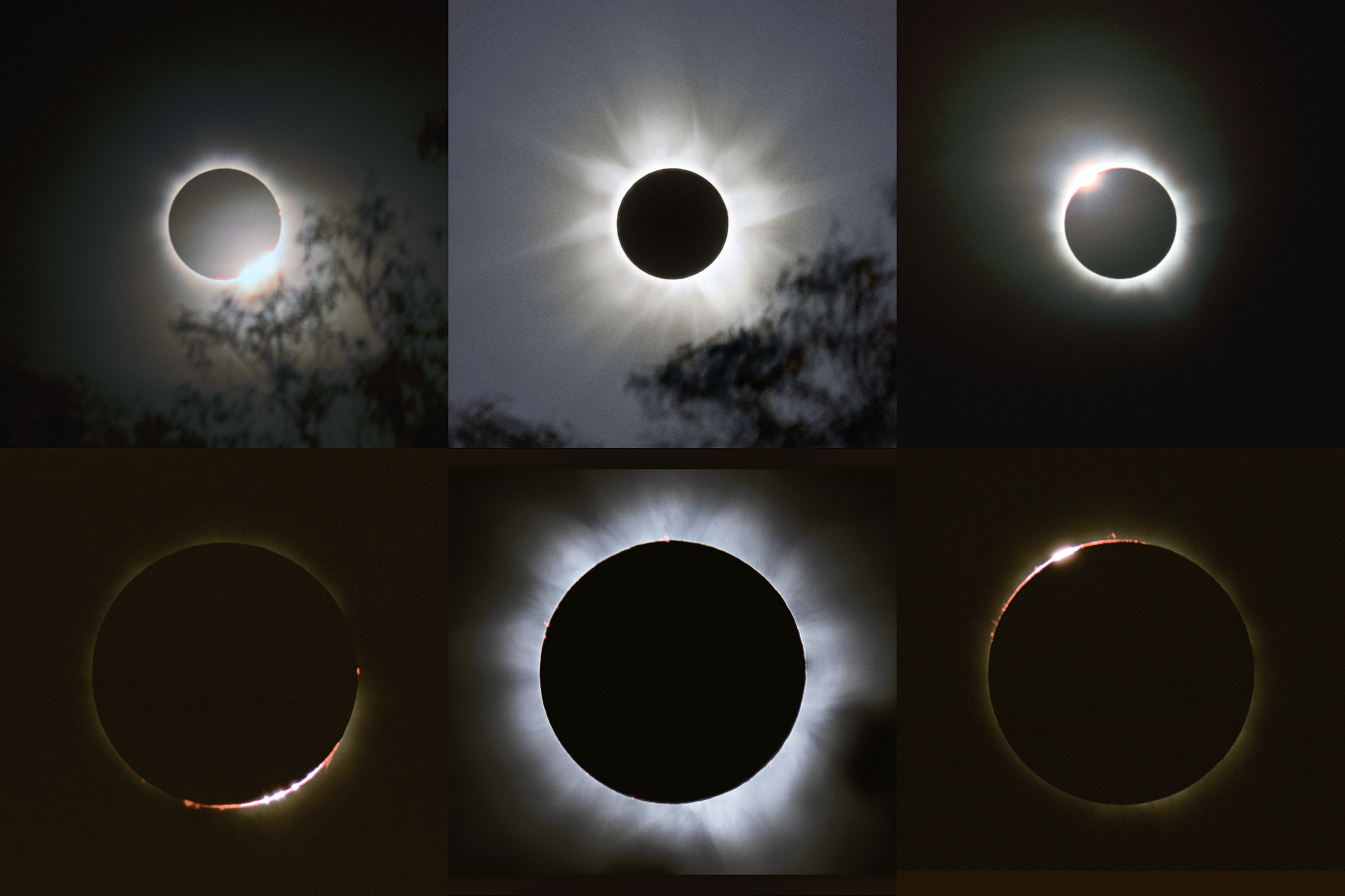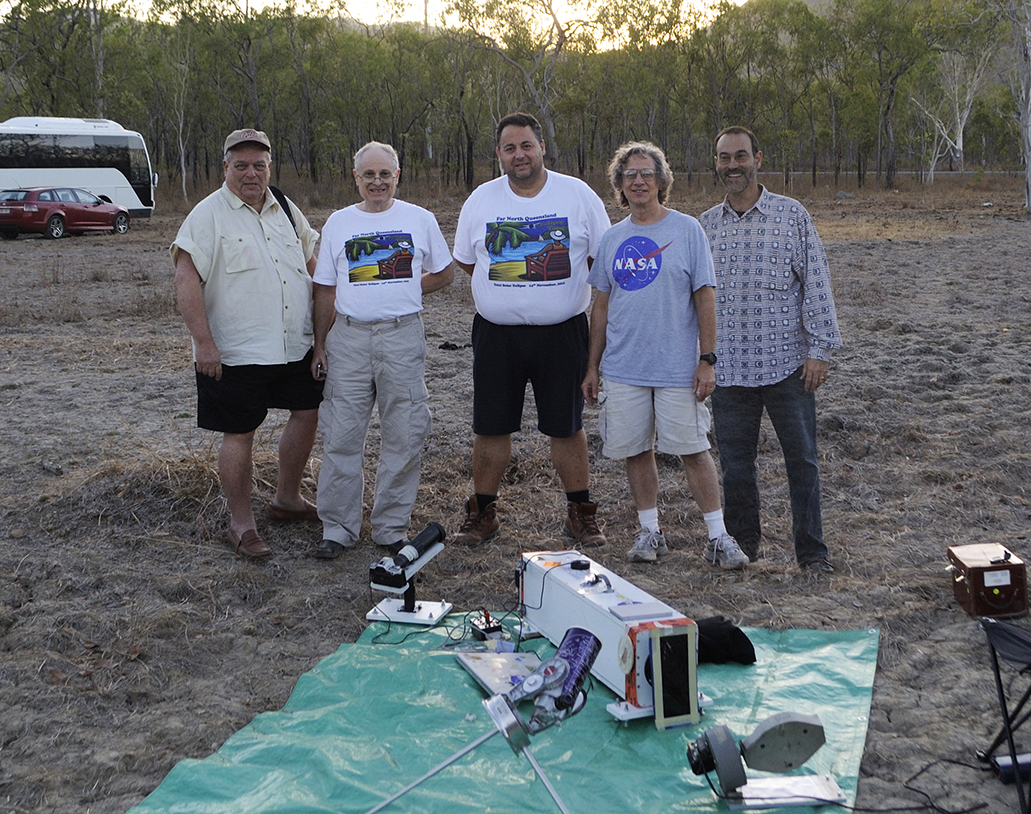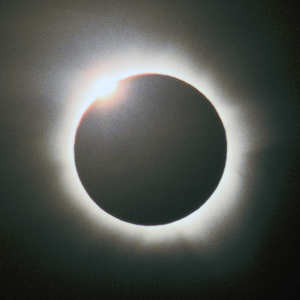 |
Total Solar Eclipse - 13 November 2012 UT Maitland Downs, Far North Queensland, Australia (longitude: 144° 43' 33.0"E, latitude: 16° 14' 30.0" S) Glenn Schneider Steward Observatory and the Department of Astronomy, The University of Arizona All images on and linked from this page © Glenn Schneider, please contact gschneider@as.arizona.edu for reproduction/rehosting. All underlined text on this
page, are links to
other images or pages.
|
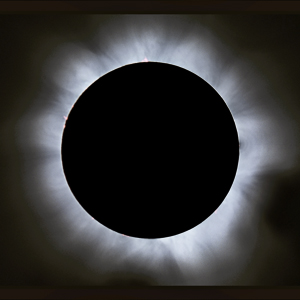 |
The 13 November 2012 total solar
eclipse (TSE 2012) was visible from land only across the northern
regions of Queensland and the Northern Territory in Australia.
Because totality was (a) very low to the horizon and (b) logistically
more difficult in the Northern Territory, TSE 2012 saw a huge influx of
both fledging, and hard-core, eclipse chasers concentrated in a very
small geographic region along the east coast of Cape York from Cairns
to Port Douglas. For TSE 2012, I traveled to Trinity Beach with
Joel Moskowitz to meet up with Joe Cali and a host of other like-minded
umbraphiles from around the globe. Our "baseline" plan was to
observe TSE 2012 from an ultralight landing strip on the Cavallaro
family farm just a few kilometers inland from Port Douglas. The
(anticipated) weather predictions the evening before the
eclipse,
however, dictated otherwise. So, at midnight 13-14 November
(local time), we struck out for a previously scouted alternate
observing site inland at Maitland
Downs, appx. 63 km NW of Mount
Olive (~ 5 KM SE of the Maitland Downs airstrip). Arriving at
about 3 AM, we spent the next three hours
setting up equipment in a cow paddock rich with natural fertilizer
(i.e., cow manure). A number of others elected to fly on a
standby chartered aircraft to the west coast of Cape York (e.g., see THIS REPORT
by Geoff Sims). From our site at "Cow Poop Paddock" (below),
the Sun
would rise just at 1st contact, but (as a priori known) obscured by low
hills to the east, and then climb through a surrounding canopy of ghost
gum trees during partial ingress, clearing the highest branches just
prior to totality from some parts of the observing field (a
photographic esthetic opportunity, for this eclipse, I took advantage
of).
| ALL EYES TO THE SKY FOR 2m 02s OF
TOTALITY |
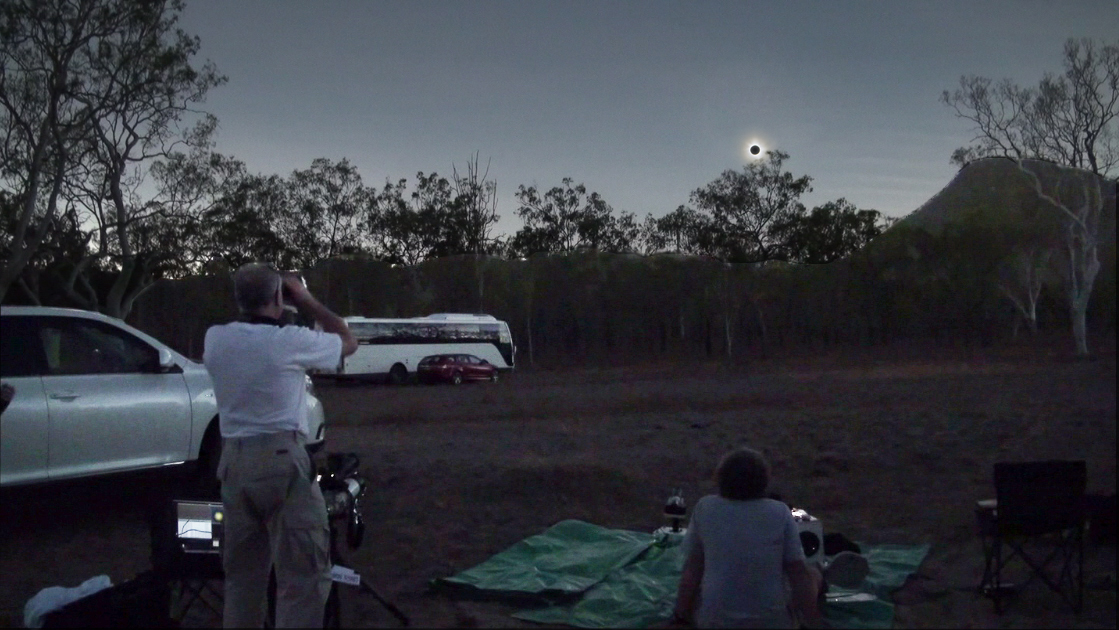 |
Single frame during totality from an
HD video* by Joel Moskowitz (left) as he and Glenn Schneider (right)
bask in the lunar umbra.
*Sony
HDR-CX550 frame extract
(digitally composited with coronal image from the "wide field" camera
as shown in more detail below).
For TSE 2012 I used three cameras to
image totality, simultaneously providing a wide range of image scales
and dynamic range. Camera operations during totality were fully
automated, permitting me to fully enjoy the passage of, and immersion
in, the lunar umbral shadow. "Hands-off and eyes to the sky"
is truly the only way to go...
With the usual disclaimer that NO photographs can capture the magic of totality and grandeur of the celestial spectacle of a total solar eclipse, below are a few images derived from the three-camera imaging sequences (with some technical and other details). I hope these, in some small way, will begin to convey a glimmer of what was witnessed - but pale in comparison to the actual event itself. I now cannot wait for "the next one" on 03 November 2013!
With the usual disclaimer that NO photographs can capture the magic of totality and grandeur of the celestial spectacle of a total solar eclipse, below are a few images derived from the three-camera imaging sequences (with some technical and other details). I hope these, in some small way, will begin to convey a glimmer of what was witnessed - but pale in comparison to the actual event itself. I now cannot wait for "the next one" on 03 November 2013!
